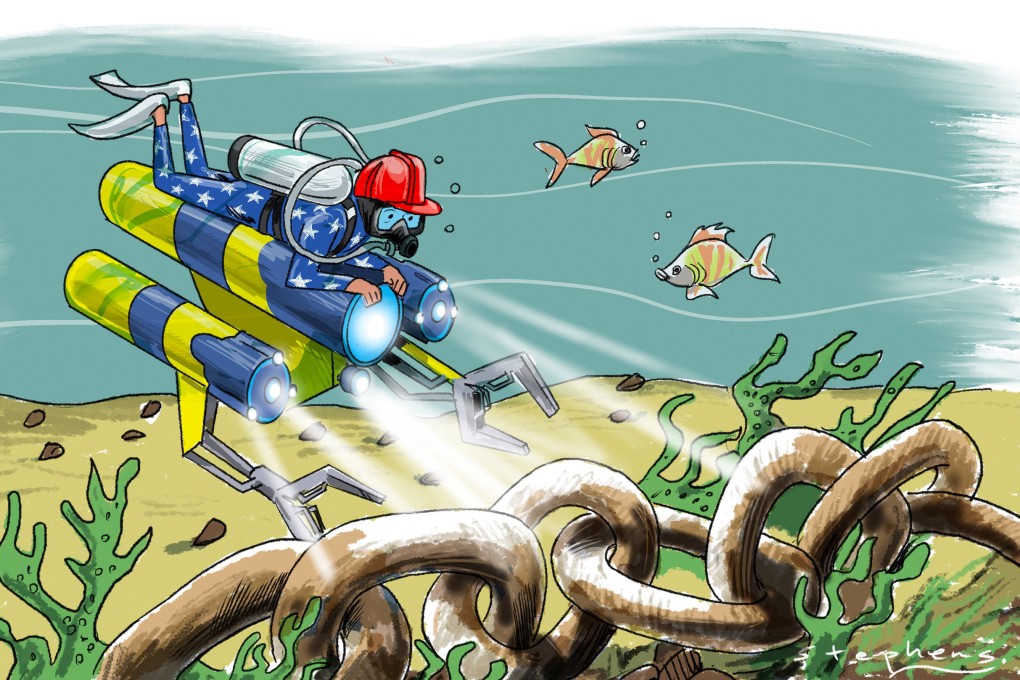Advertisement
Opinion | US may not set the rules but can still shape the future of deep-sea mining
- The wealth of critical minerals on the ocean floor and strategic advantages they offer mean the US must act before it is too late
Reading Time:3 minutes
Why you can trust SCMP
4

Time is running out for the United States to have a voice in managing deep-sea mining. The International Seabed Authority (ISA) will soon meet to advance the commercial framework regulating the mining of metals essential for the clean energy transition, aiming for adoption next year.
Advertisement
At a recent briefing for US congressional staff titled “Deep Sea Mining: Policy Implications for the United States” that I moderated at the US-Asia Institute in Washington, a group of experts weighed in on Washington’s opportunities and responsibilities in addressing the climate crisis through mineral extraction to power the transition from fossil fuels to green energy.
There is much at stake lying on the bottom of the sea floor for resource scarcity and demand. Critical minerals such as cobalt, nickel, manganese and rare earth elements are essential for modern technologies, including smartphones, electric vehicles and renewable energy systems.
These minerals are present in nodules concentrated in the Clarion-Clipperton Zone, which spans more than 4.5 million sq km (1.7 million square miles) of the Pacific Ocean and which has become the focus of mining efforts.
The US is dependent on its allies and partners for securing access to seabed minerals; this is linked to its non-participation in the United Nations Convention on the Law of the Sea (Unclos). Without ratifying the treaty, it has no direct route to asserting its rights or taking part in international seabed mining activities governed by the ISA.
Advertisement
Consequently, to gain access to the rich mineral resources on the ocean floor, the US must depend on collaborative ventures with countries that are signatories to Unclos and have the requisite legal entitlements and operational capabilities.

Advertisement
